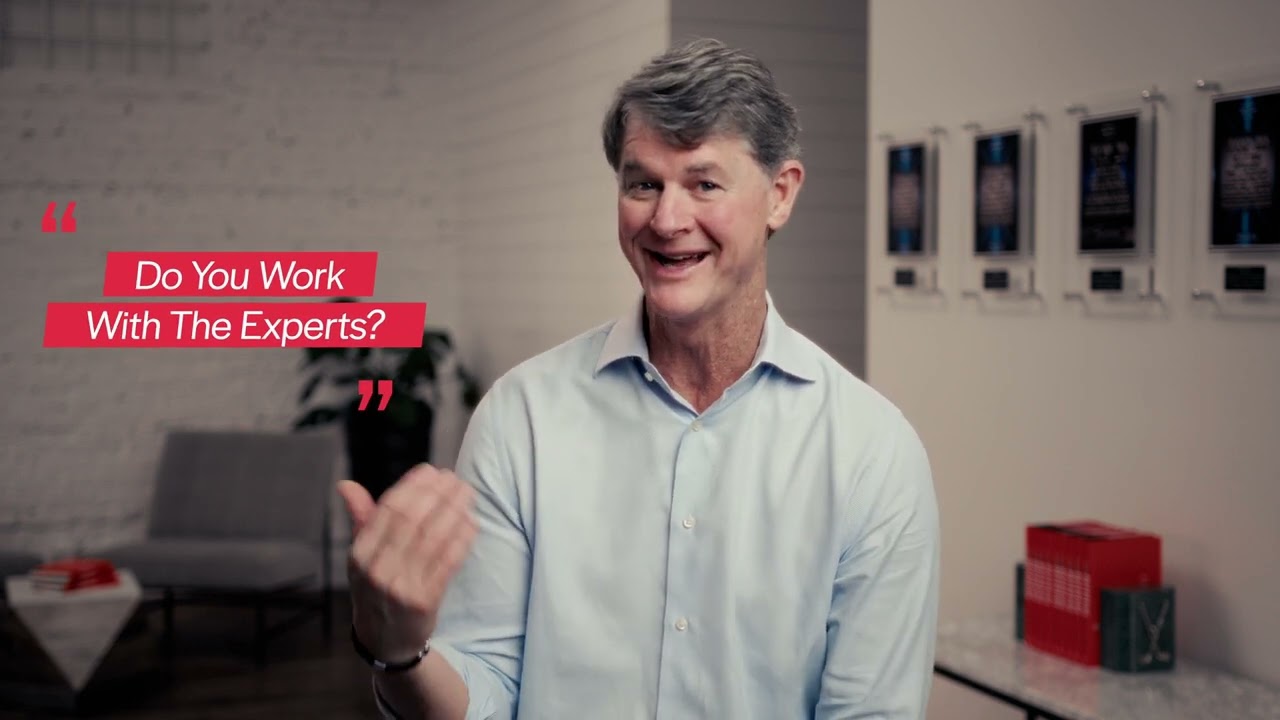EP. 233 ASLAN@ Home- Anger Management in Parenting
By ASLAN Training
October 17, 2025
7 min read
Whether you’re leading a team or raising a family, the real challenge isn’t just making the rules; it’s staying influential when you’re not in the room.
That’s what we’re digging into in this episode of our ASLAN@Home spotlight series, where we explore how to lead with influence in the relationships that matter most.
CEO Tom Stanfill is joined by his daughter (and our podcast producer), Tindell Baldwin, for a conversation about something that often sneaks in and undermines our influence: anger. They unpack how to spot your triggers, pause before reacting, and why anger rarely gets us the result we’re after.
Watch the 53-minute episode below:
“Our job as parents is to maintain influence during teaching moments. Anger trades influence for control—and that’s a bad deal.”
Below is a practical, Other-Centered™ guide to recognizing anger triggers, staying composed when emotions run hot, and replacing outbursts with strategies that teach, connect, and cultivate long-term growth.
Why Anger Undermines Influence
Anger gives the illusion of control, but it flips the dynamic: kids react to our emotions rather than reflecting on their decisions. The result? We lose the chance to teach.
-
Short-term release, long-term cost: Anger may stop a behavior now, but it doesn’t build wisdom or responsibility.
-
Relationship withdrawal: Every angry outburst is a withdrawal from the trust account, making it harder to deposit future guidance.
“If the goal is receptivity, anger is a flawed strategy. Receptivity grows where safety and respect live.”
Step 1: Find the “Why” Behind Your Anger
You can’t change what you can’t name. Tom and Tindell encourage self-reflection to identify your buttons, often best done with a spouse or close friend.
Common triggers:
-
Disrespect (“Don’t talk to me like that.”)
-
Laziness (“You didn’t even try.”)
-
Bickering (sibling conflict that won’t stop)
Try this:
-
Write down your last three anger moments.
-
For each, ask: What expectation felt threatened? What fear was activated (loss of control, failure, disrespect)?
-
Share your observations with someone you trust. Invite feedback.
Step 2: Replace Reactivity with Pre-Determined Consequences
When the rules and outcomes are clear before emotions spike, parents don’t need to “win” the moment.
Why it works
-
Removes the power struggle: You’re not mad, you’re following the plan.
-
Teaches cause and effect: Kids learn that choices lead to outcomes.
-
Costs the parent nothing: No lectures required.
Example:
“If screens aren’t put away by 8:30, they’re off tomorrow.”
No yelling. No bargaining. Just calm follow-through.
Step 3: Choose Curiosity Over Nagging
Nagging pushes; curiosity invites reflection.
Replace “Why do you always…?” with:
-
“Walk me through your decision there.”
-
“What did you want in that moment?”
-
“How would you handle that differently next time?”
Curiosity shifts kids from defensiveness to ownership which is at the heart of influence.
Step 4: Build a Pause Plan (So You Don’t “Lose It”)
You won’t find composure in the moment unless you plan for it before the moment.
Your quick “PAUSE” plan:
-
Place a boundary: “I need a minute. We’ll talk at 7:15.”
-
Acknowledge the trigger: “Disrespect is a button for me.”
-
Use a reset cue: 4 slow breaths or a short walk.
-
Stay with the script: apply the pre-determined consequence.
-
Engage with curiosity: help them reflect, not react.
Step 5: Repair the Relationship
Ruptures happen. Repair is leadership.
-
Own your part: “I was angry and raised my voice. I’m sorry.”
-
Model forgiveness: Show what reconciliation looks like.
-
Reaffirm connection: “I love you. We’ll keep learning together.”
“Authority isn’t influence. Influence is earned where humility and repair are normal.”
Bringing Faith Into the Conversation
Tom and Tindell share how listening to God has shaped their parenting posture, moving from control to trust, from reactivity to wisdom, from pride to repair. Faith fuels the patience and humility that make Other-Centered™ influence possible at home.
What to Try This Week
-
Name one trigger and share it with your spouse or friend.
-
Write two clear consequences tied to common issues (screens, chores, tone).
-
Swap one nag for one curious question.
-
Practice a 60-second pause before you address misbehavior.
-
Plan your repair language so it’s ready when you need it.
Where Influence Really Starts
Whether you’re raising kids or leading a sales team, it’s not about control. It’s about preparing them to thrive without you.
That means setting boundaries that build trust, coaching in real time, staying steady under pressure, and being honest about your own growth. None of it’s easy. But that’s how influence is earned, and why it lasts.
To go deeper, listen to the full episode of ASLAN@Home for more real talk, shared struggles, and simple truths that connect home life to everyday leadership.
You can listen to the full episode of Sales with ASLAN on Spotify, YouTube, or wherever you get your podcasts.
Unlock Your Team's Full Sales Potential
Questions? Watch our CEO, Tom Stanfill, address our frequently asked questions below.

